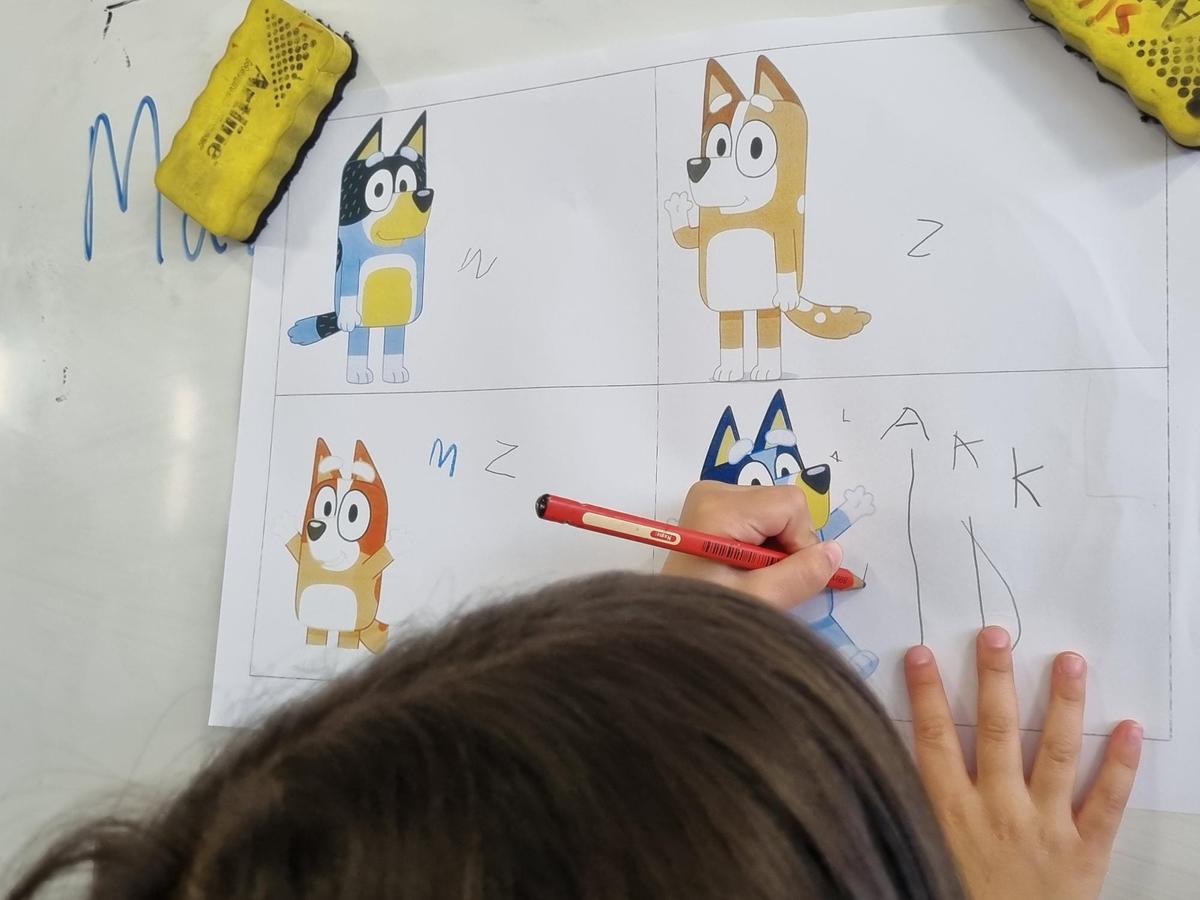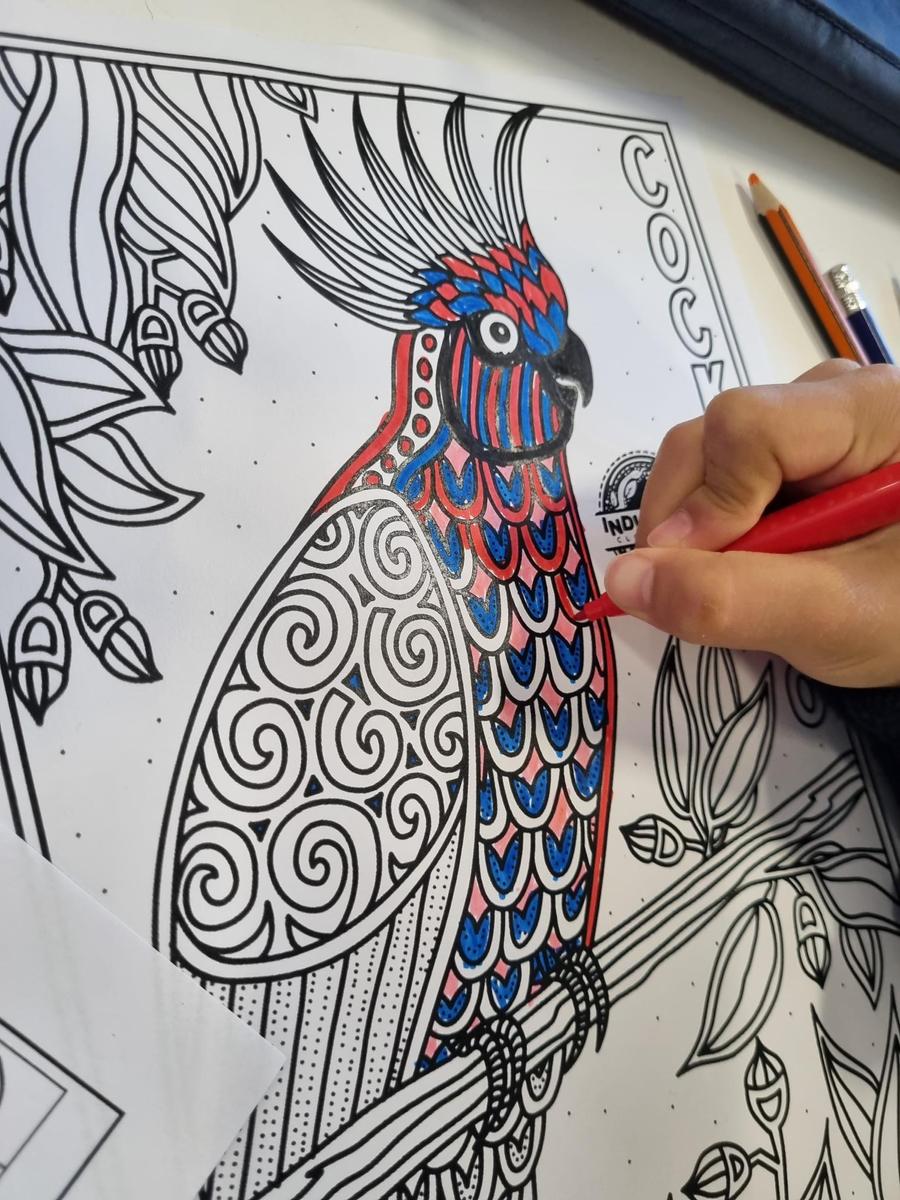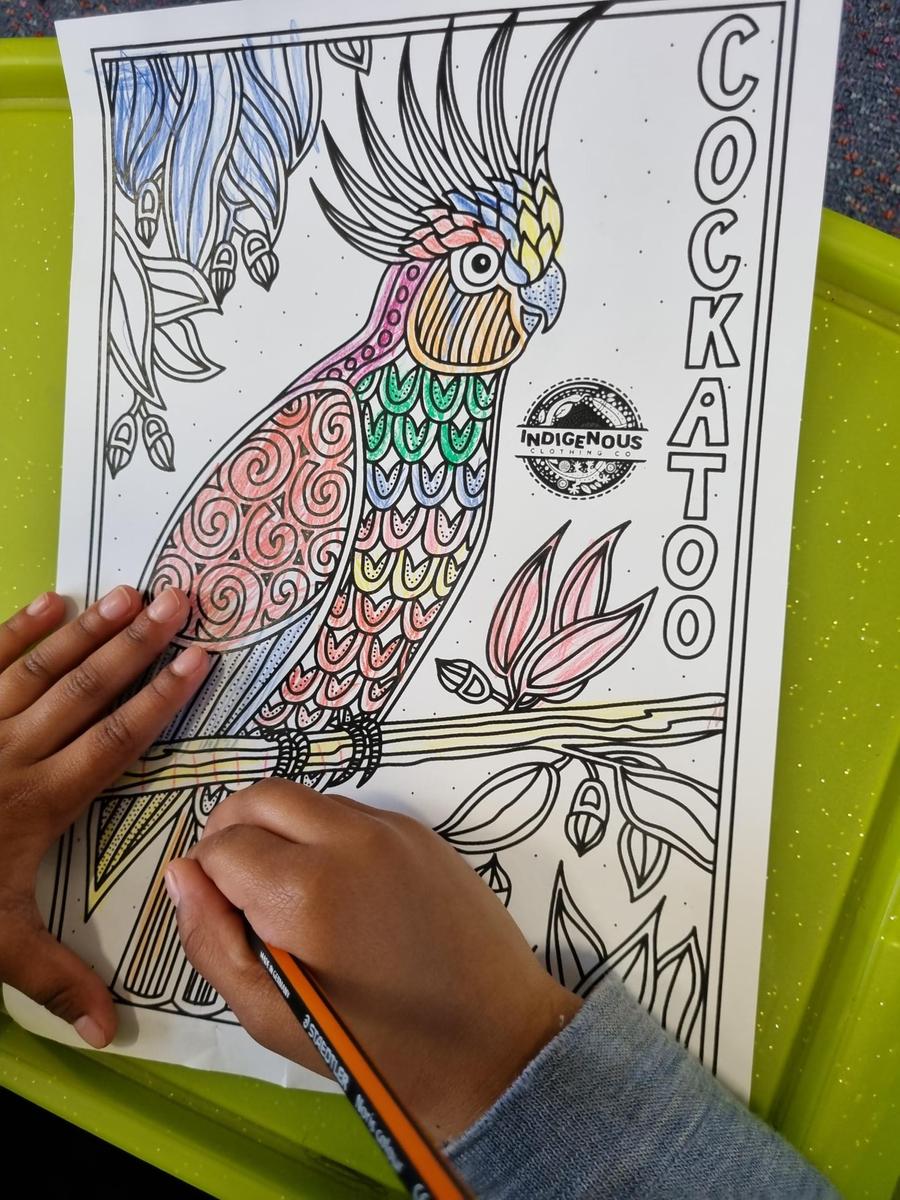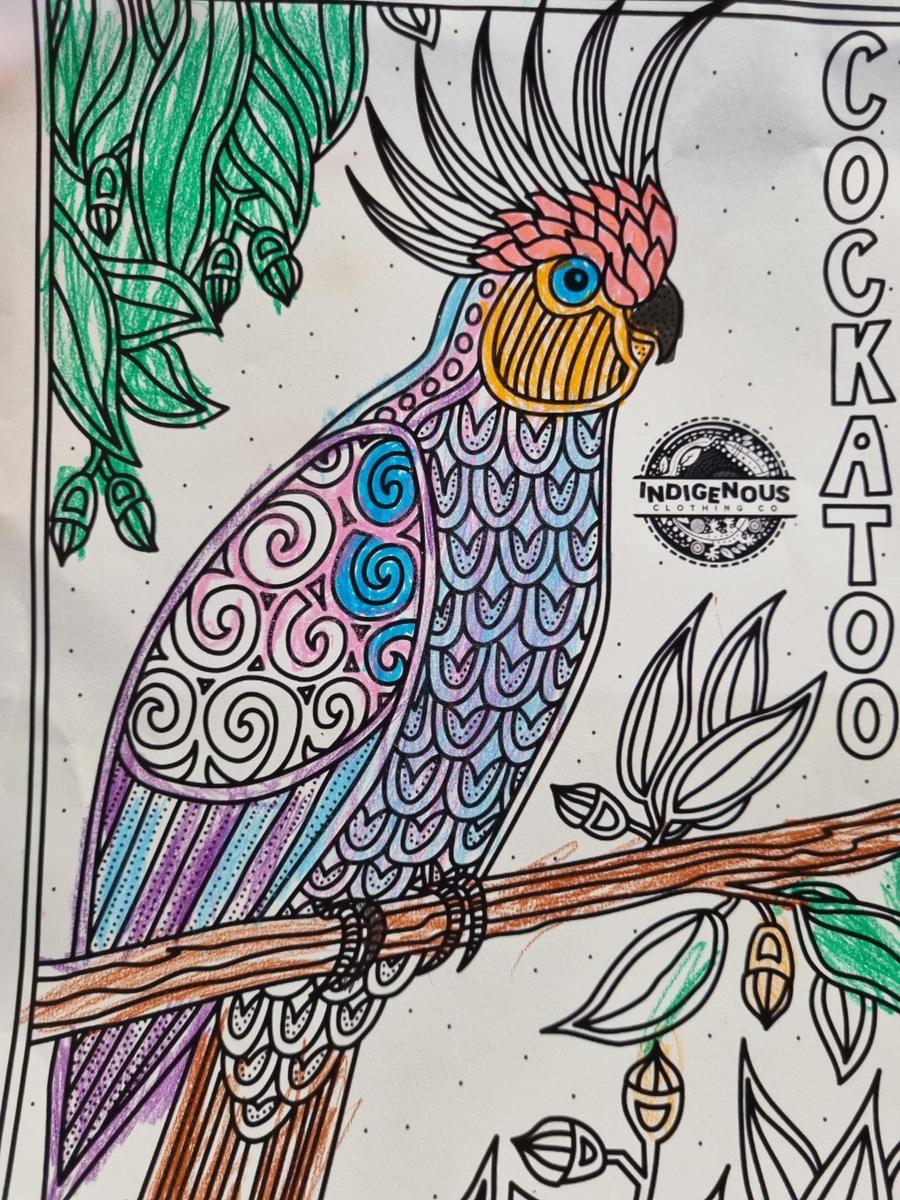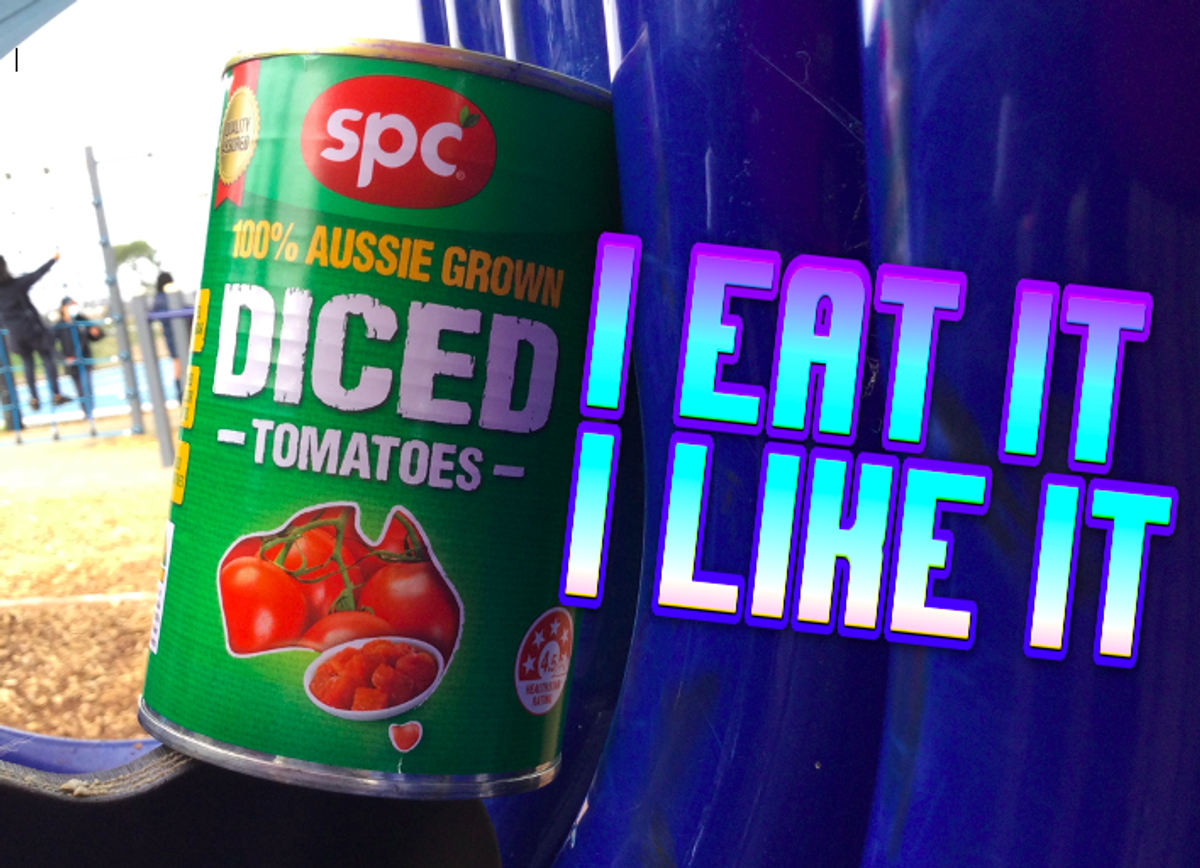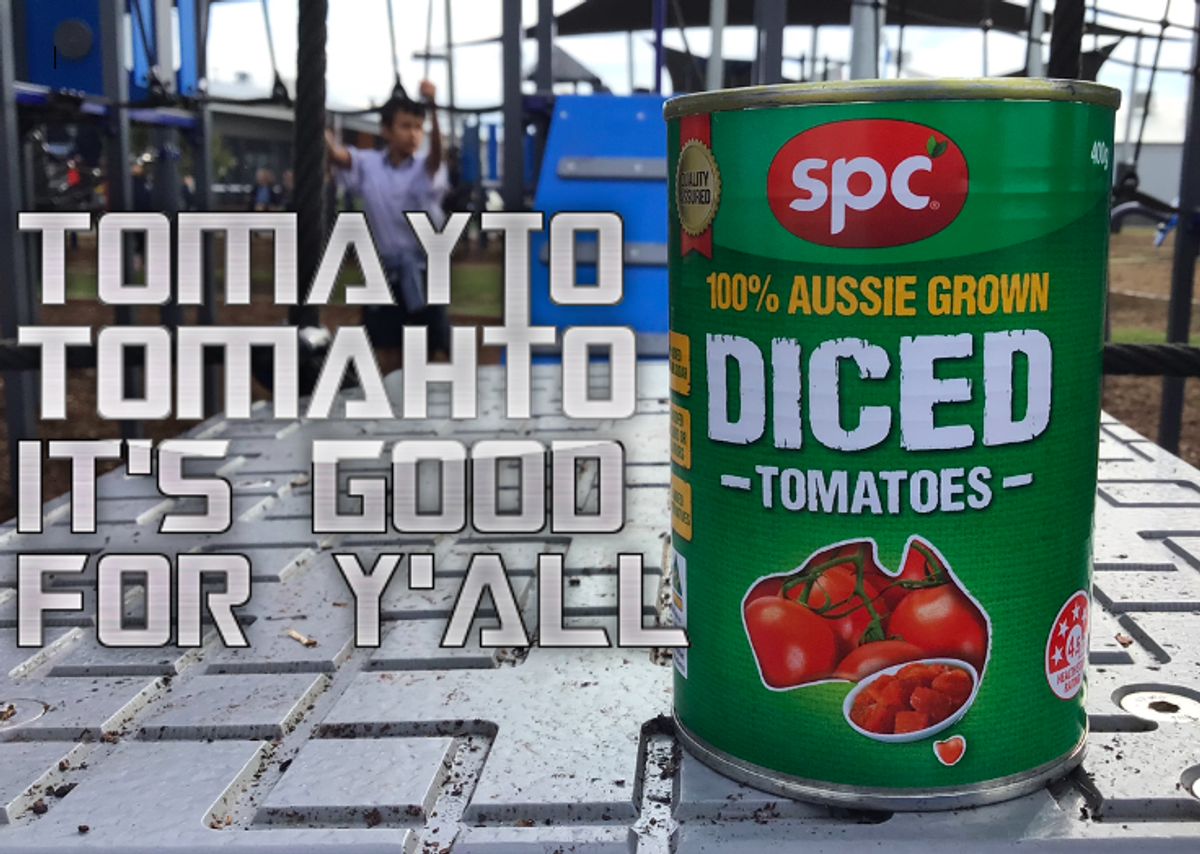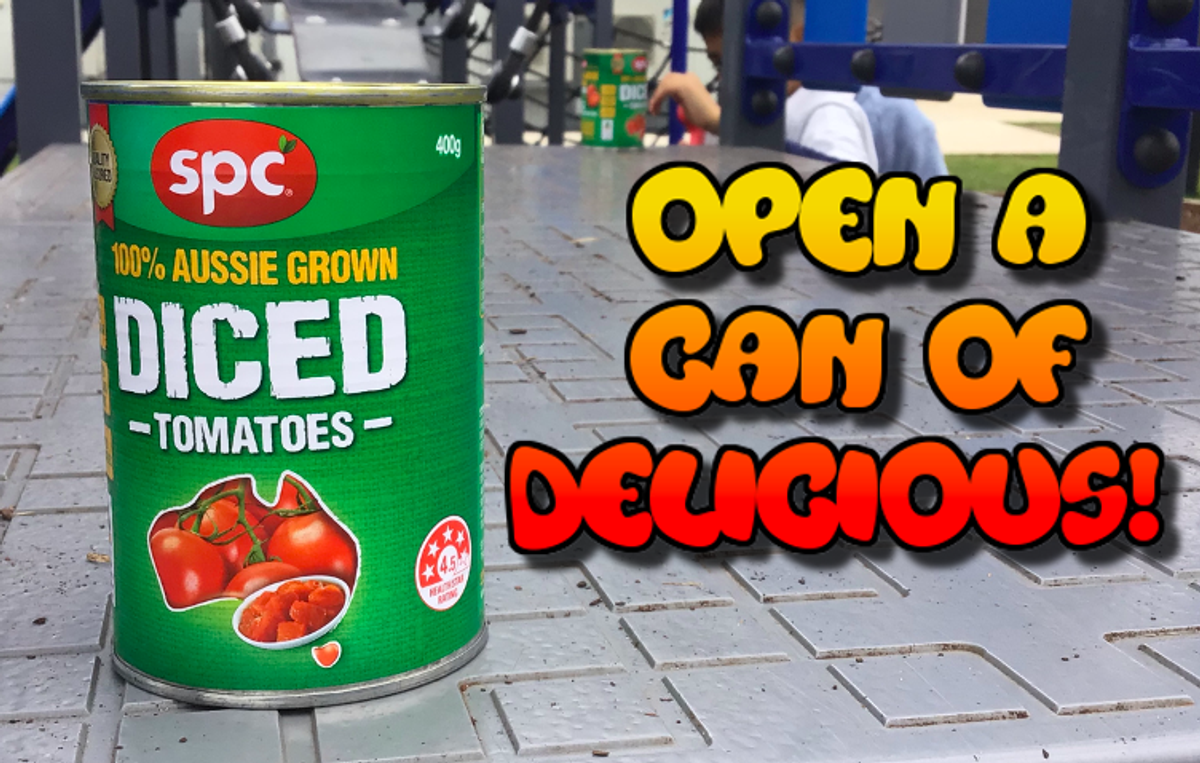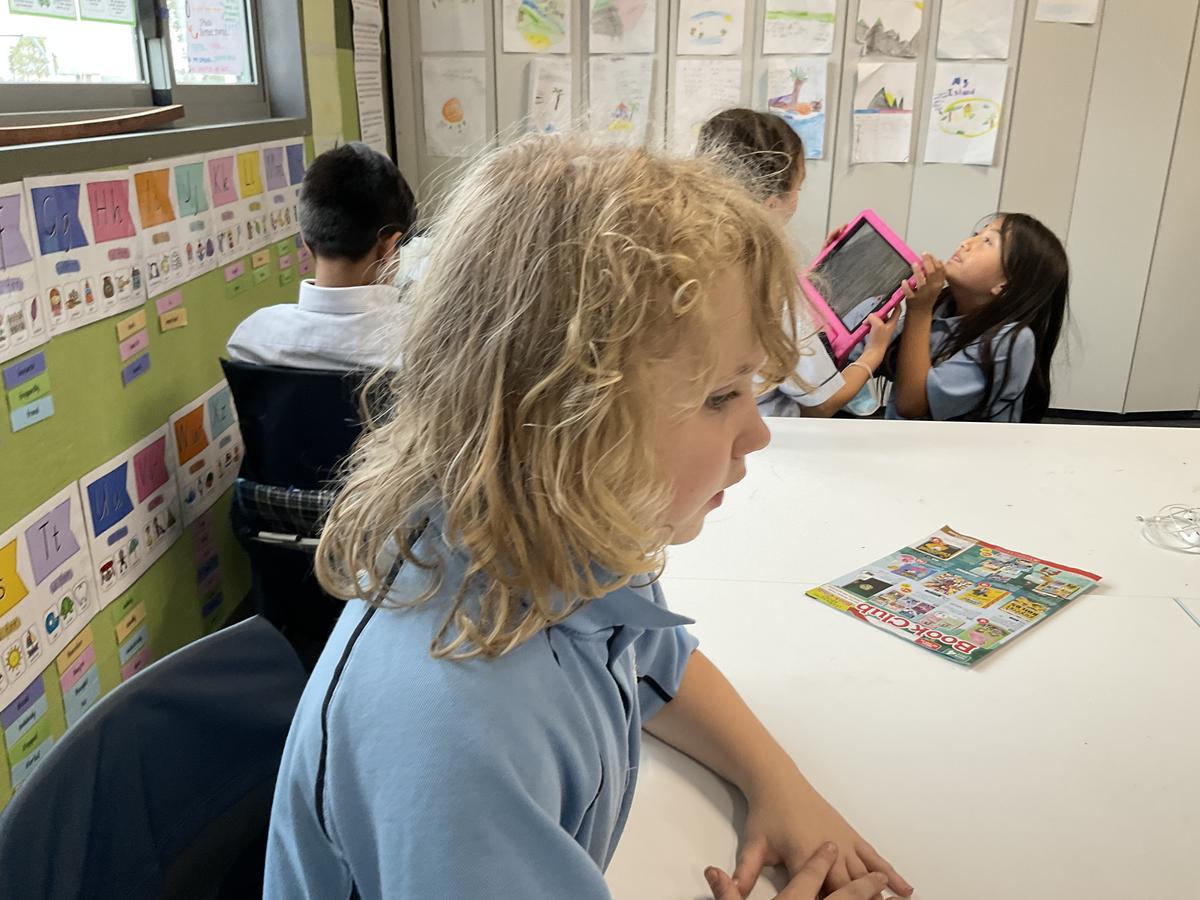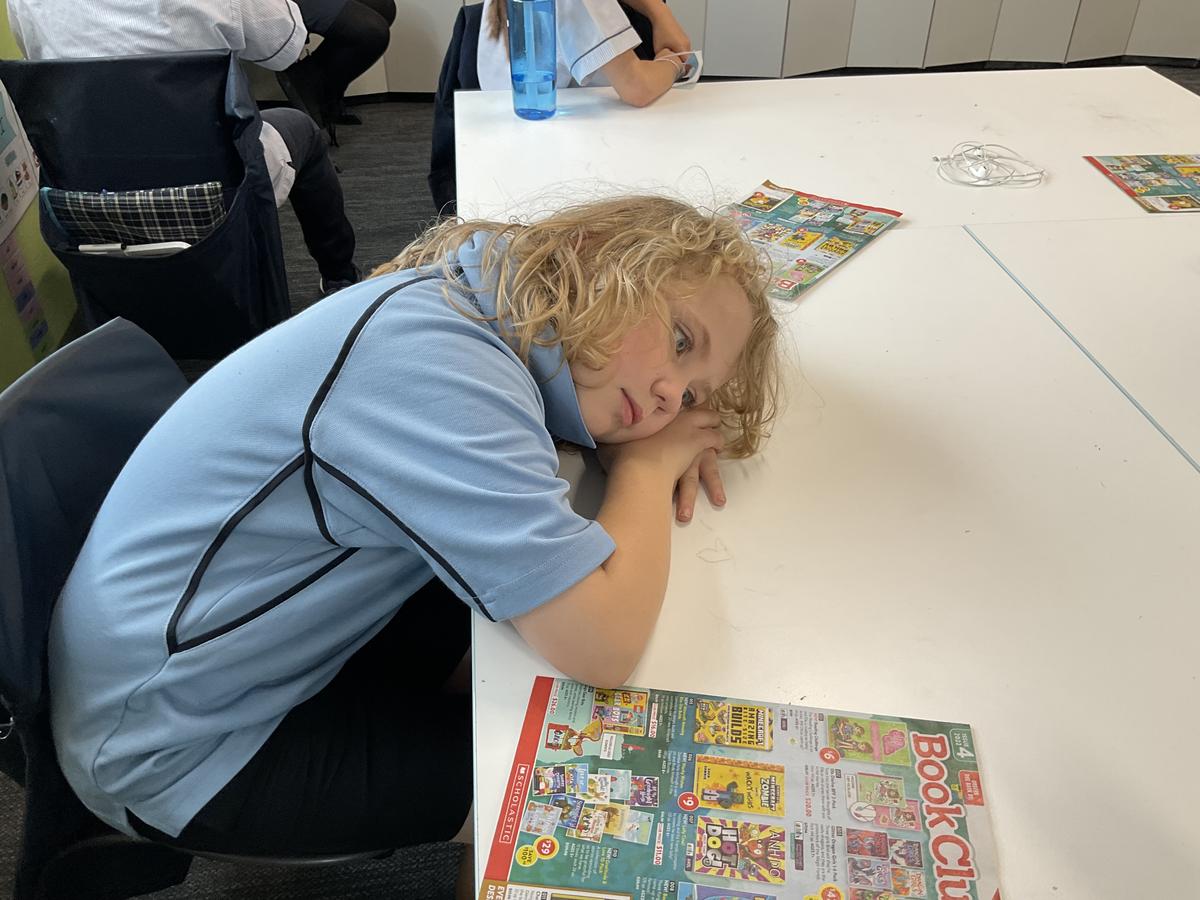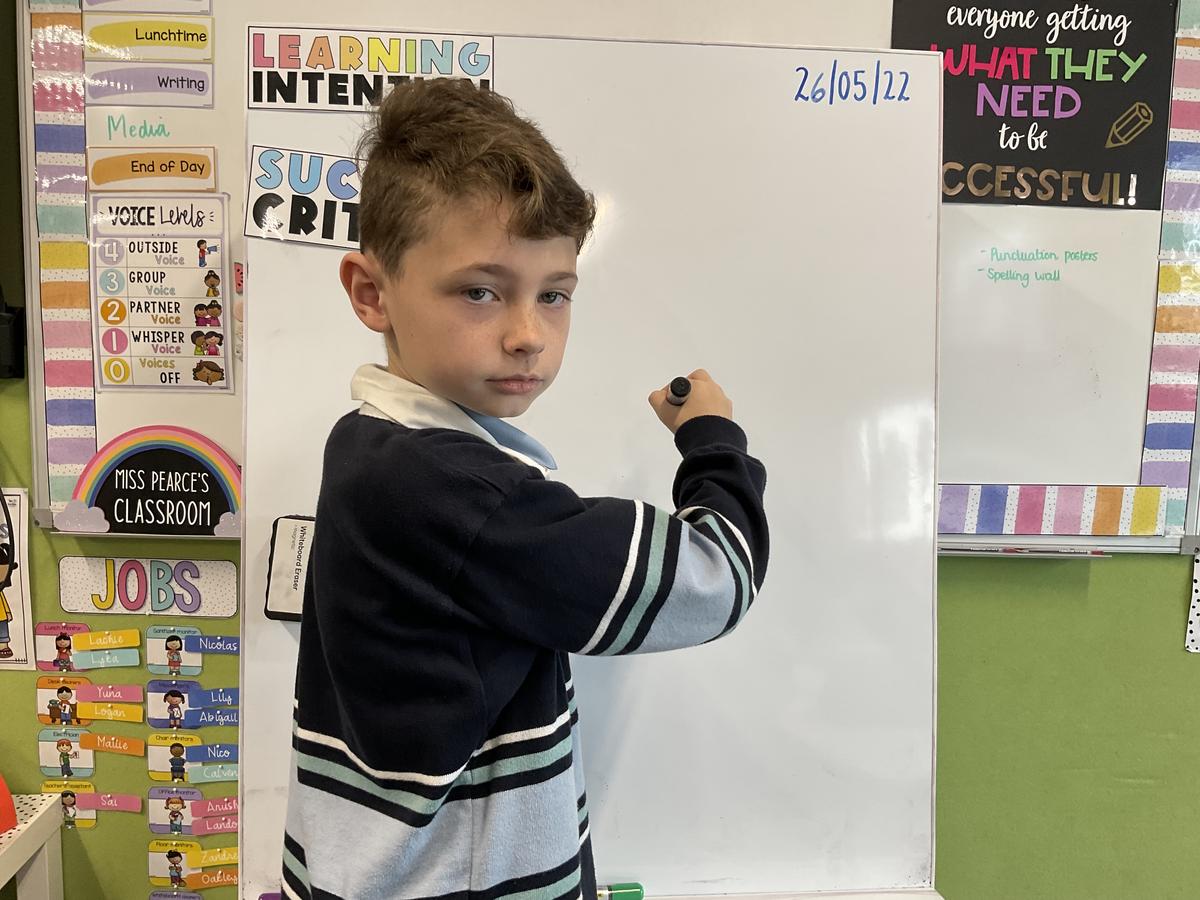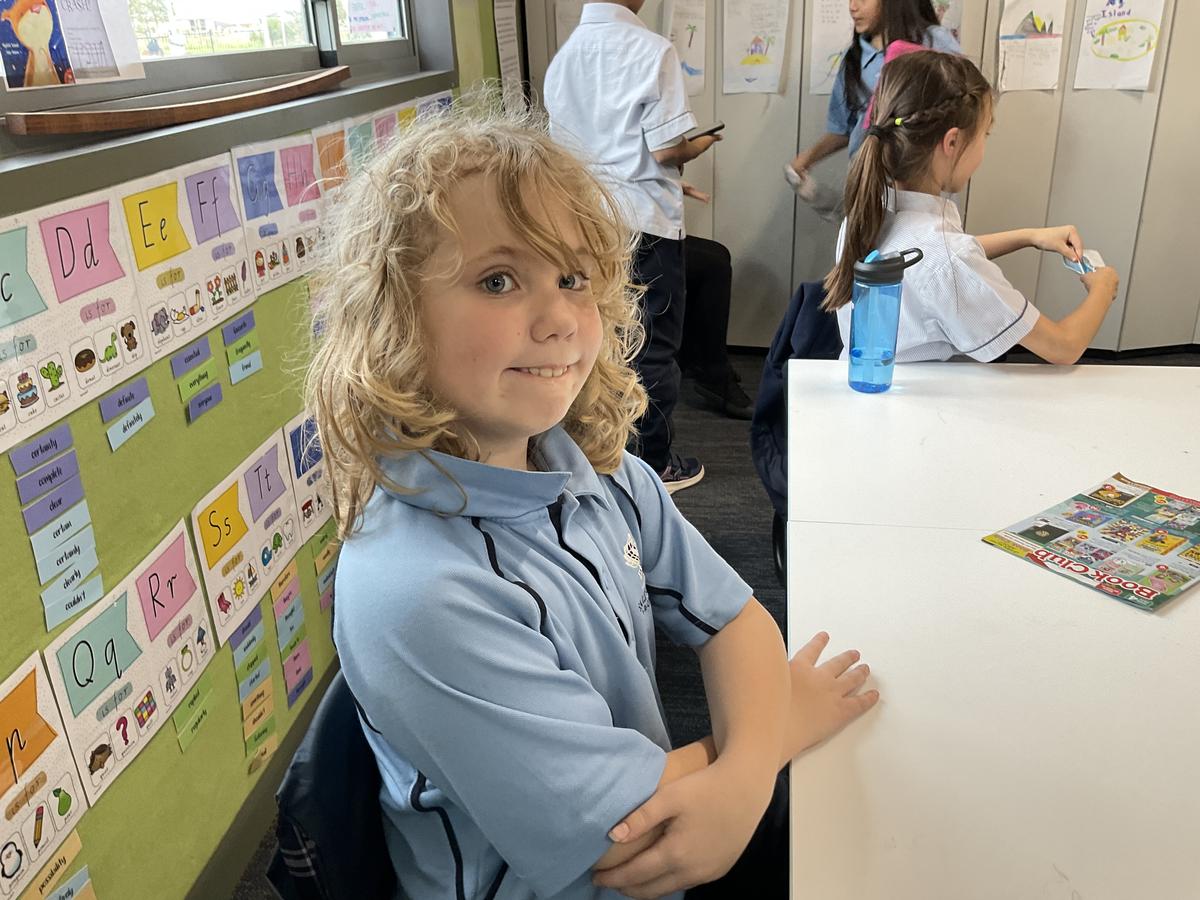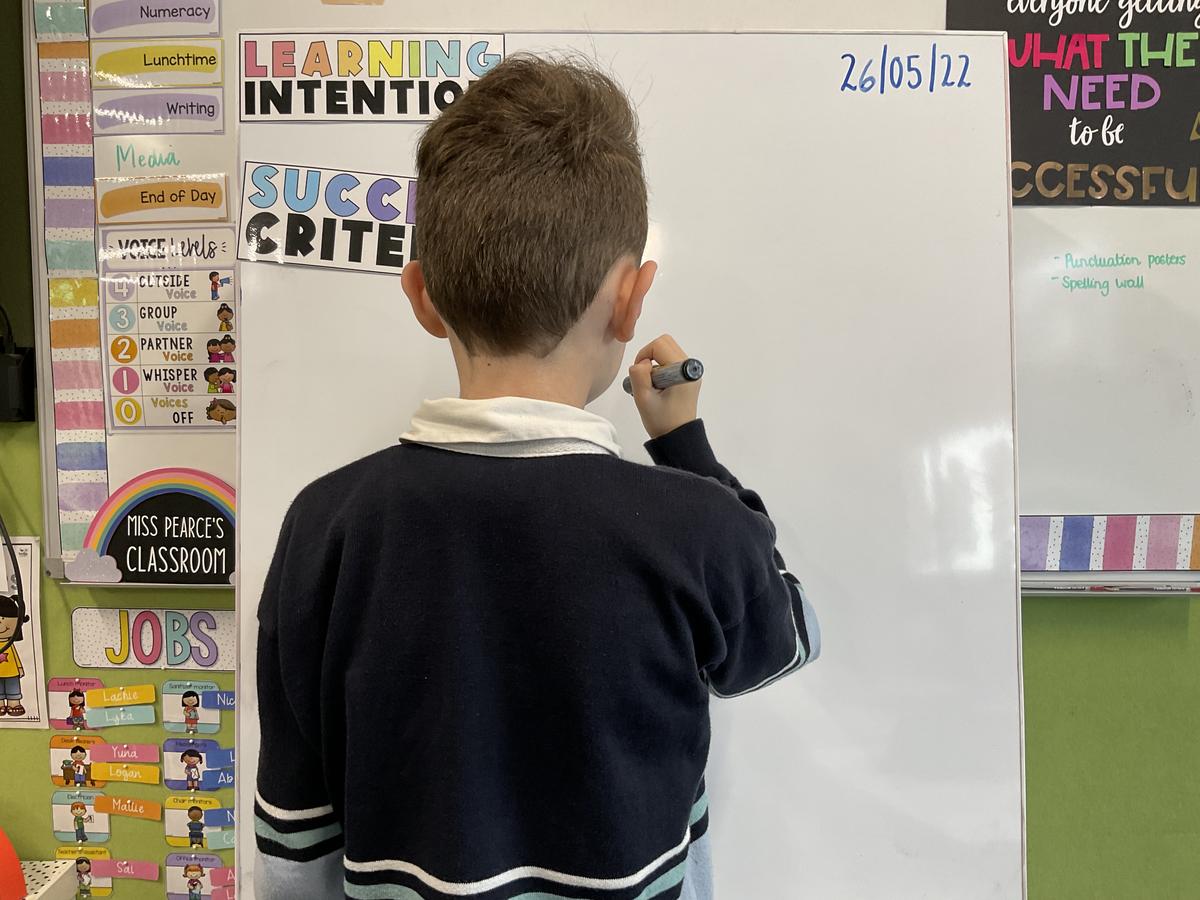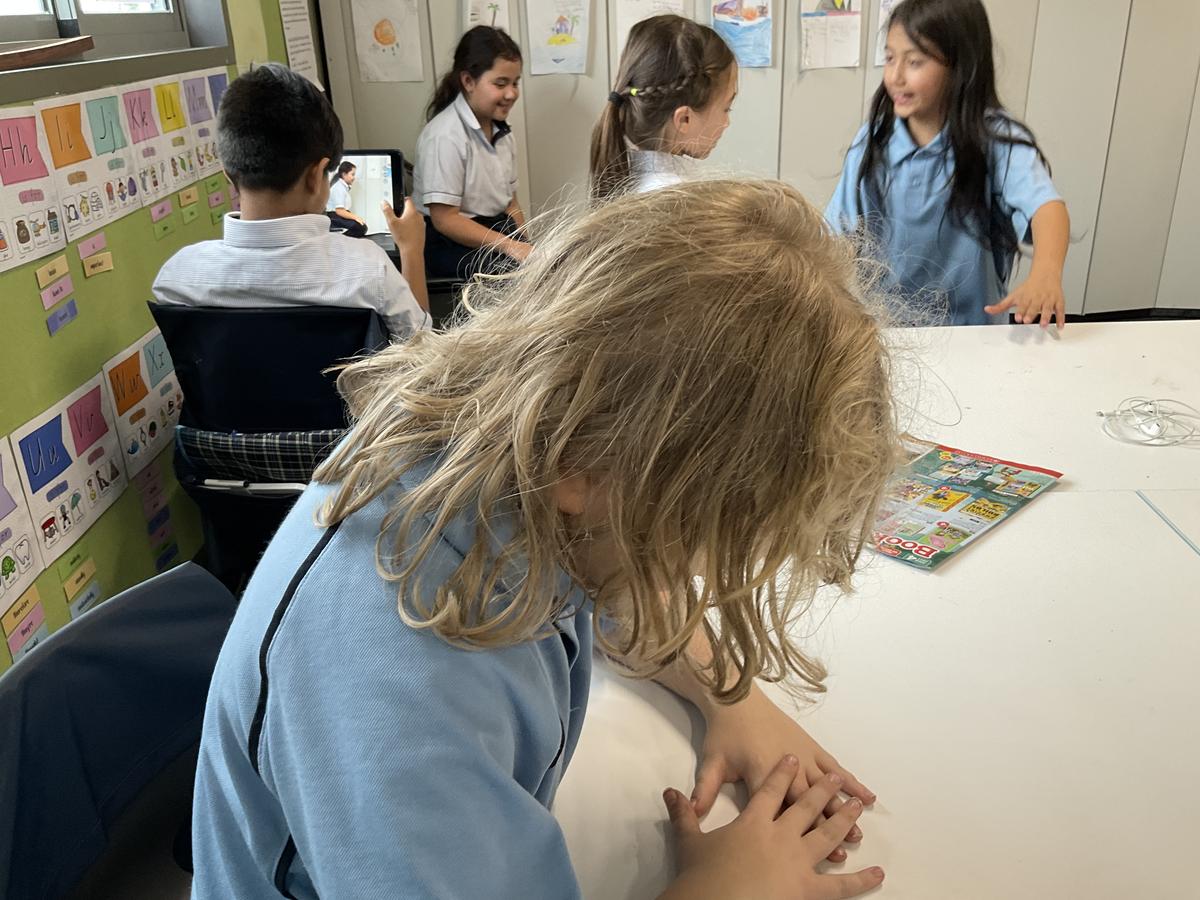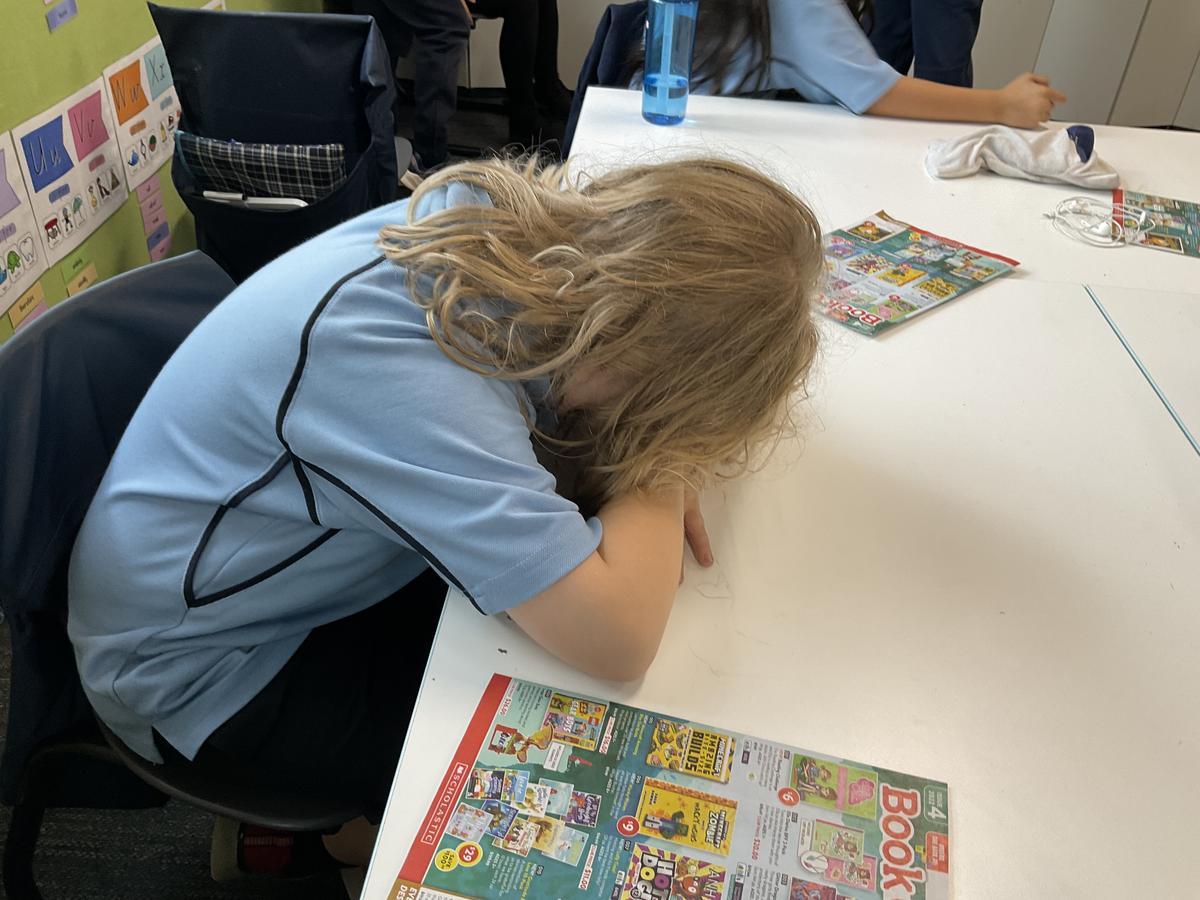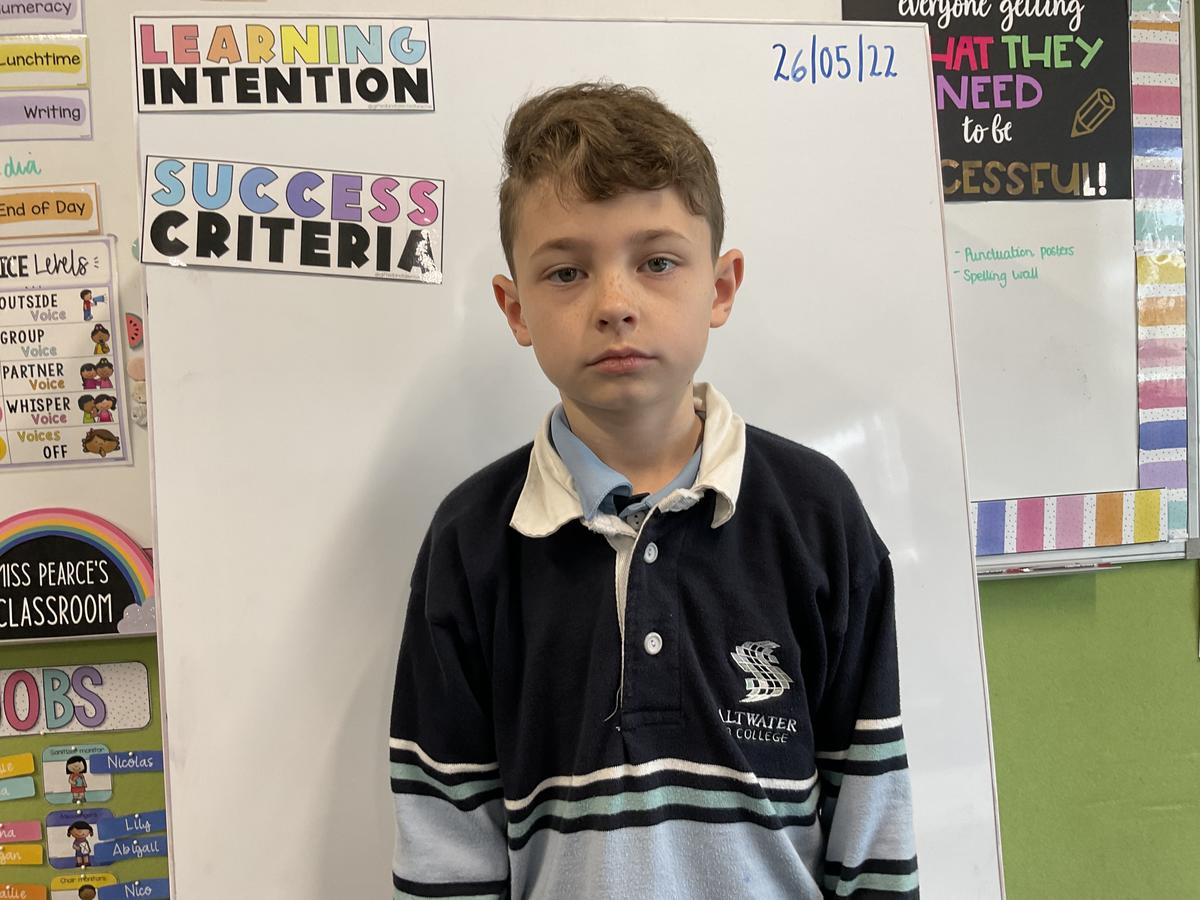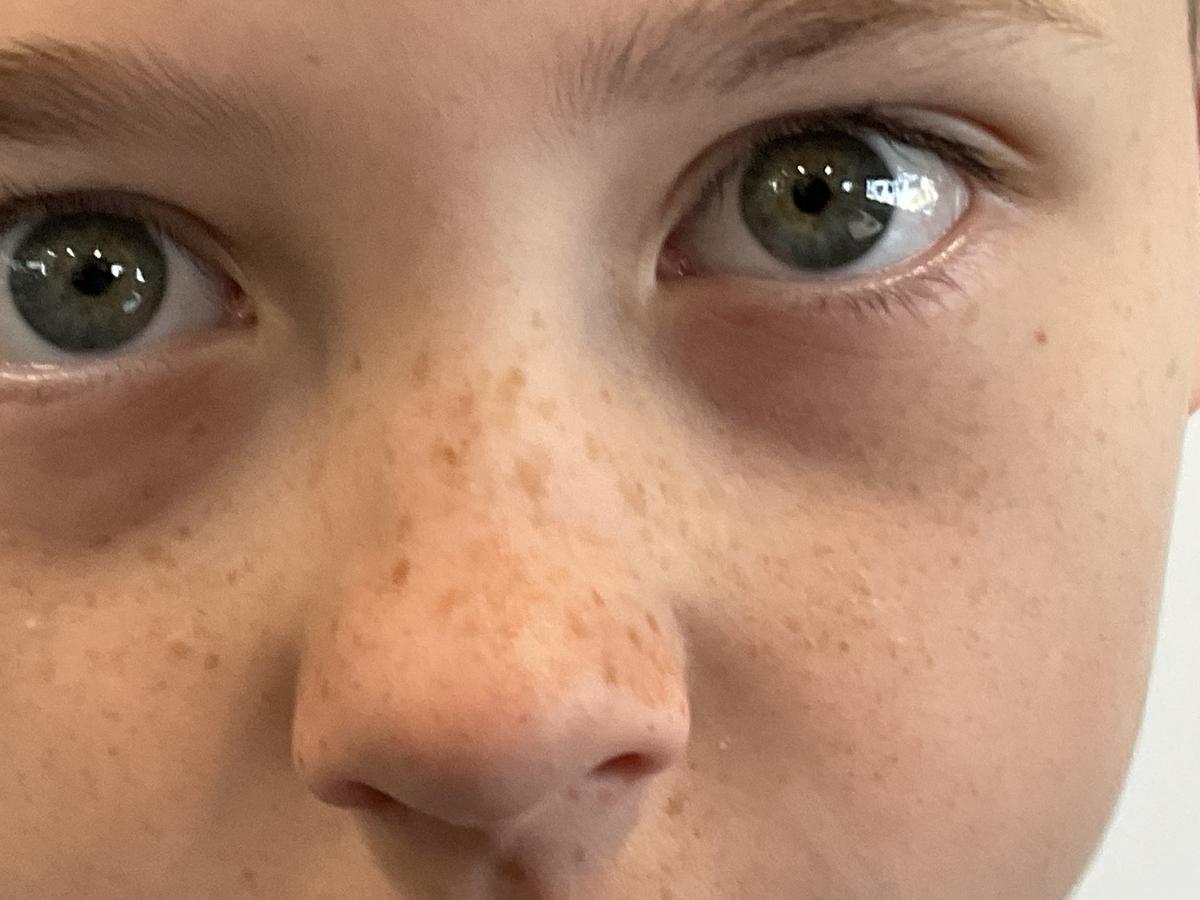Media Arts

FOUNDATION
Studying Narrative Features
Our Foundation students have begun a new unit, examining the features found in narratives, as well as the similarities between traditional narrative texts and media texts.
In week five, students formed their own definitions and understandings of who/what characters in a narrative are. They took this knowledge deeper by distinguishing the difference between regular characters and main characters. They learned that main characters are the main focus in a narrative. We see their story, experiences and changes. To highlight this, students watched episodes of "Bluey", where the character Bluey sometimes the focus of the episode and other times not. After viewing, classes had a discussion on who they thought the main character for the episode was and why. They marked these guesses down on a communal sheet so we could all view the class's thinking.
YEAR ONE
Year One students are continuing to explore the different ways stories have been shared over time. Using Indigenous Dreamtime Stories as mentor texts, students have been exposed to methods of storytelling from the past and how those same stories are shared in a modern context.
They have also explored how Didgeridoo players are able to use their instrument to recreate the sounds our native fauna make, and what different symbols represent in Indigenous art.
The Year One students have been concluding lessons by colouring and decorating pictures drawn in an Indigenous style, making themselves storytellers as well. This work has also had cross-curricular connections to their Art classes, as well as their Unit of Inquiry, which has focused on the formation and function of celestial bodies.
YEAR TWO
Year Two students were tasked with creating a print advertisement of their own, using their photography skills they developed in Term One. They had to take an ordinary tin of tomatoes and photograph it in and around our school in a way that put the focus clearly on the product, utilised a 'close-up' shot type and feature the rule of thirds.
In week five, the students developed their own slogans to enhance their advertisements and to appeal to customers. Using a design mindset, students then explored different fonts that could be used to make their advertisement more visually appealing.
The result was our students successfully taking an ordinary can of tomatoes and using their photography and creative thinking skills to entice prospective customers.
Beginning in week six, students will begin developing radio advertisements for the same product.
YEAR THREE
During week five, Year Three students began shooting and publishing their still-image narratives. Using their photography skills, students had to explore ways to visually communicate with an audience, without the use of text or dialogue.
Using the prompts "Falling asleep in class" or, "Facing your fears in the playground", students used their prior knowledge of photographic techniques from Term One to include a range of shot types and angles to help tell their story.
As communicators, the students needed to tap into their performing arts skills to emote through their body language and facial expressions. It was fantastic to see the students excited to get out into the yard and make their stories come to life. In the coming weeks, students will be planning a story of their own and presenting the finished piece to the class.
YEAR FOUR
Year Four students have continued analysing media works to develop their understanding of narrative techniques.
As we progress through the all-Indigenous produced TV show 'Thalu' the students have examined character traits of the protagonists and supporting characters, what a conflict is in a narrative, and symbols and metaphors in media.
It was wonderful to see students making connections to their earlier learning about the stolen generations in order to recognise the themes and motifs of the show. In particular, the connection between Indigenous history and the approaching stormcloud in the show known as, "The Takers".
As the unit progresses, the Year Fours will explore the importance of representation in media.

